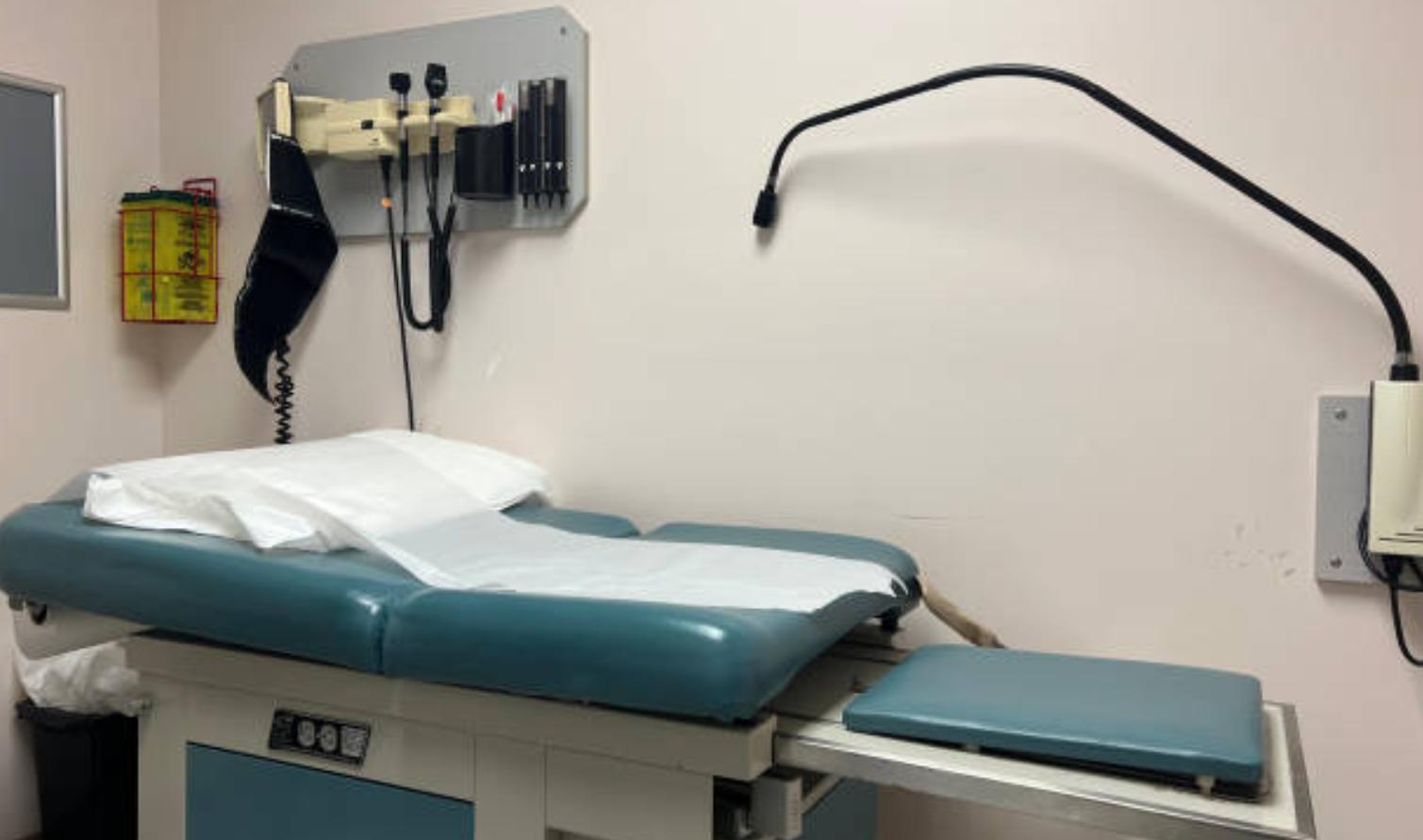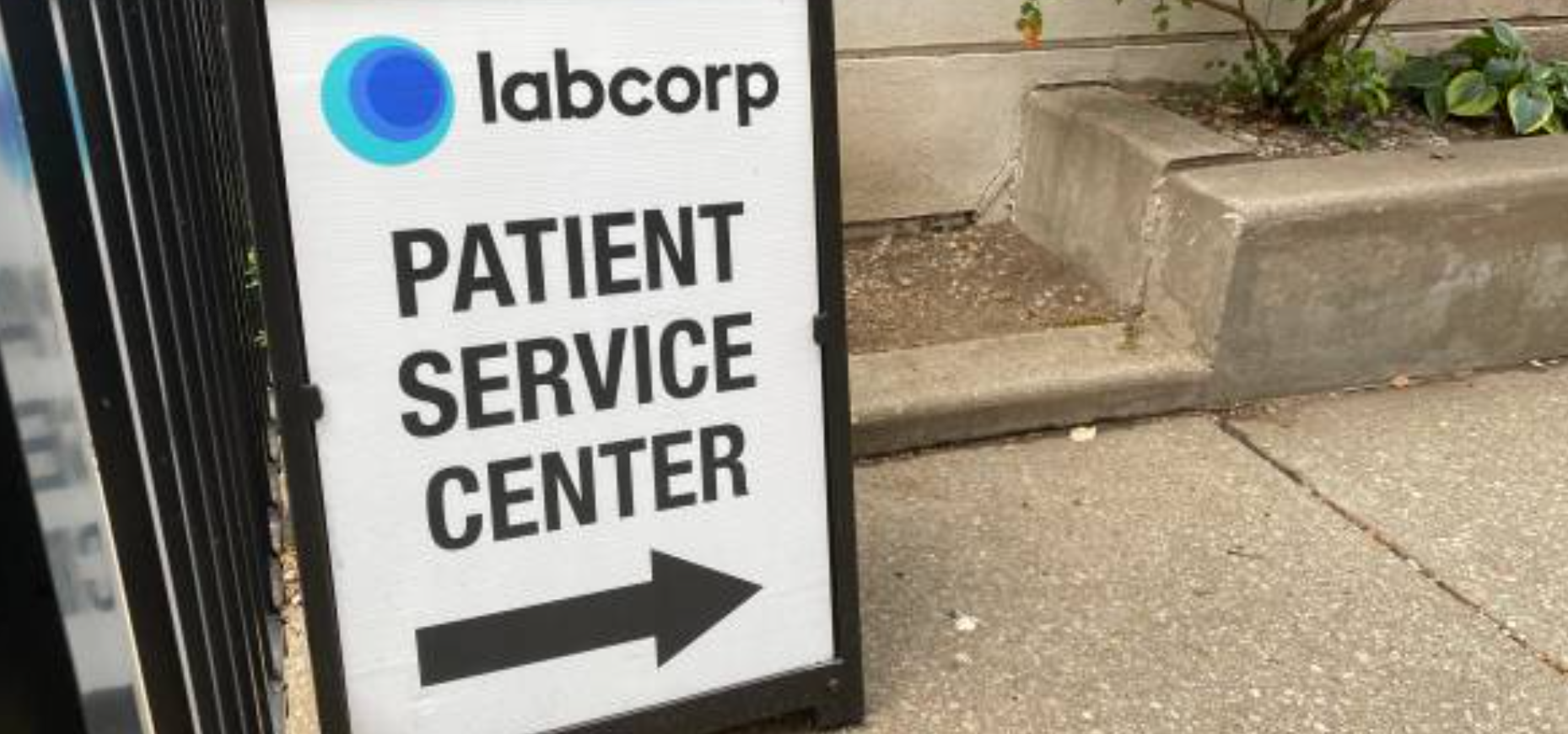
The history of American healthcare
A recent report suggested a 27% decrease in bankruptcy filings in the healthcare sector for 2024, yet several major healthcare providers have already sought protection since its release. Multiple recent filings have revealed ongoing financial struggles for healthcare providers, worsened by inflation, increased labor costs, and lingering effects of the COVID-19 pandemic.
In this gallery, we look into who has filed, and the history of American healthcare.

Providing structured healthcare services
The first medical society in the U.S. was established in Boston in 1735, paving the way for organized medicine. In 1751, the first general hospital was founded in Philadelphia, which was a crucial step in providing structured healthcare services.
Medicare and Medicaid
Health policy began to take shape in the early 20th century, notably in 1912 when Theodore Roosevelt and the Progressive Party endorsed social insurance as part of their platform. The establishment of Medicare and Medicaid in 1965 was a major expansion of healthcare access for the elderly and low-income individuals.
Influencing hospital billing practices
In the 1980s, the introduction of the Diagnosis-Related Group (DRG) system aimed to control hospital costs by providing fixed payments for specific diagnoses, influencing hospital billing practices.
Increasing taxpayer expenses
The Affordable Care Act (ACA), enacted in 2010, sought to increase healthcare coverage and reduce costs, representing one of the most significant reforms in recent history. It expanded Medicaid and established health insurance exchanges, but has been criticized for increasing healthcare costs, fostering reliance on government plans, and increasing taxpayer expenses.
State funding for uninsured patients
CarePoint Health Systems filed for Chapter 11 on November 4, 2024, in Delaware, aiming to reorganize its unsustainable debt after facing financial challenges from unreimbursed COVID-19 costs and inadequate state funding for uninsured patients.
Financial distress
Wellpath Holdings, a provider for prisons and mental health facilities, filed for bankruptcy on November 11, 2024, in Texas, citing rising operational costs and declining liquidity as primary factors in its financial distress.
Significant losses in recent years
On November 17, 2024, CareMax Inc. sought Chapter 11 protection in Texas while planning to auction its assets. The company reported $390 million in assets against $639 million in debts, with significant losses in recent years.
Outpaced revenue gains
Chief Restructuring Officer Paul Rundell stated, “CareMax cited a series of systemic and unique challenges over the last two years that resulted in a substantial increase in the cost of doing business, which outpaced revenue gains.”
Raise new capital
Rundell added, “Among the challenges were industrywide headwinds that depressed profits, inflation that increased labor and operational costs, and various economic factors that constrained the company’s ability to raise new capital.”

